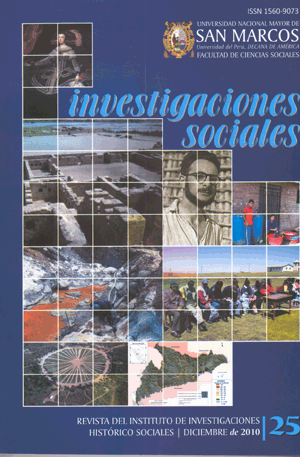The Natural Resources and the relation with the Environmental Accounting in Perú
DOI:
https://doi.org/10.15381/is.v14i25.7322Keywords:
Contamination Accounting, Environmental Accounting, Natural Resources.Abstract
This investigation try to explain the limitations about to count the loss of natural capital or the natural resources like the woods, petroleum, minerals, gas. One of the alternatives to cover these deficiencies is to elaborate an System of Environmental Accounting and Integral Economy, that provide us a new conceptual mark and a common methodology, for the development of the economic information and environmental that require Perú, in others words, a System of National Economic Integral Accounting. The actual system of the National Bills, don’t show the reality to use the natural resources like capital natural, knowing that the raw material is the principal element in the production of the diversity economics activities, but it isn’t count like depreciation, this constitute a system of incomplete measurement that not consider the destruction of the natural capital and how we know the nature loss little by little the natural resources, these resources are exhausted or degradated, and don’t exist none compensation, that give us a future protectionDownloads
Published
Issue
Section
License
Copyright (c) 2010 Silvia Consuelo Quispe Cornejo

This work is licensed under a Creative Commons Attribution-NonCommercial-ShareAlike 4.0 International License.
AUTHORS RETAIN THEIR RIGHTS:
a. Authors retain their trade mark rights and patent, and also on any process or procedure described in the article.
b. Authors retain their right to share, copy, distribute, perform and publicly communicate their article (eg, to place their article in an institutional repository or publish it in a book), with an acknowledgment of its initial publication in Investigaciones Sociales.
c. Authors retain theirs right to make a subsequent publication of their work, to use the article or any part thereof (eg a compilation of his papers, lecture notes, thesis, or a book), always indicating the source of publication (the originator of the work, journal, volume, number and date).






